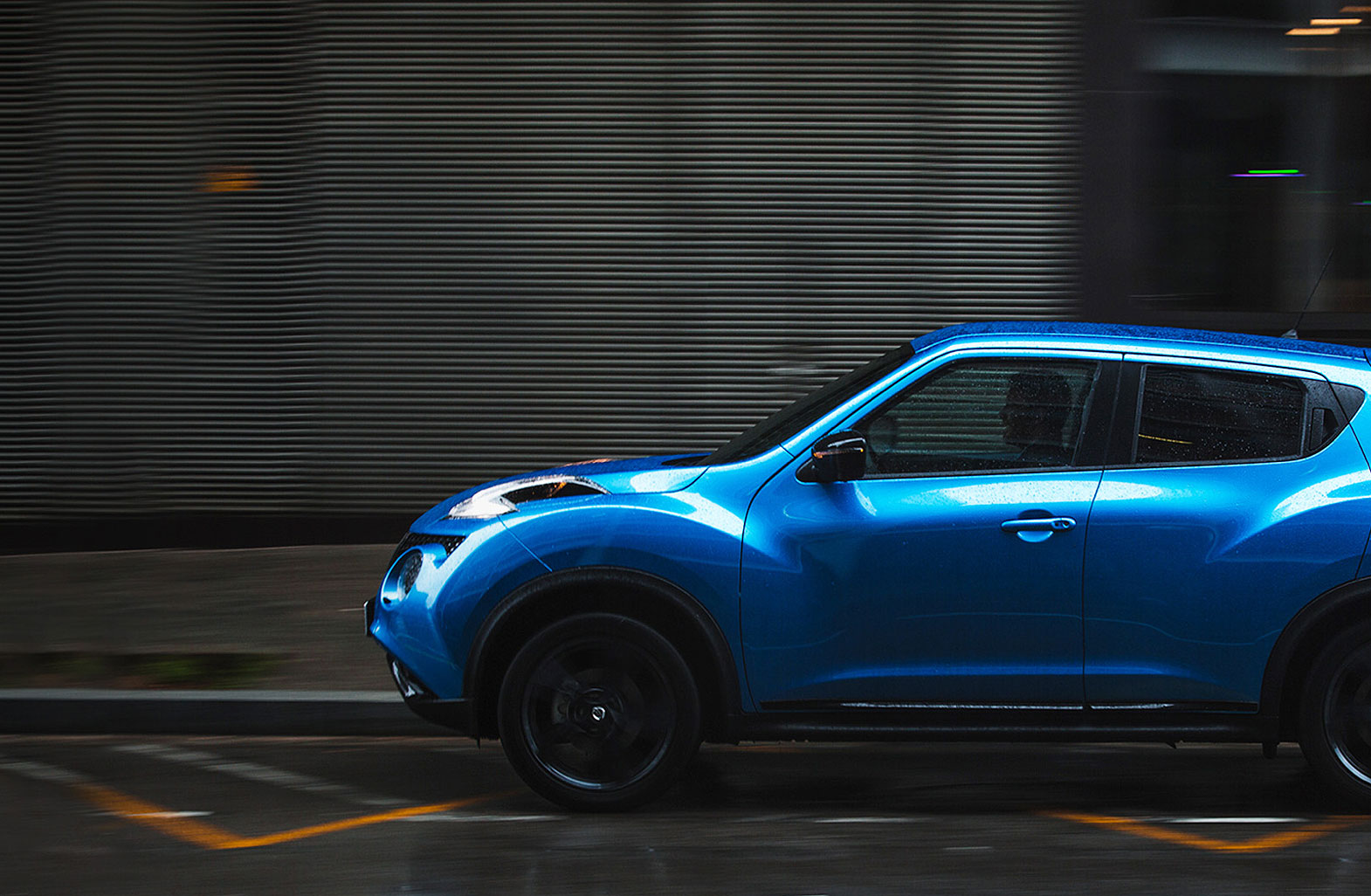Early beginnings
Consumer products have been a staple of society for hundreds of years. When global trade first took root in the early 1600s, people across the world were suddenly able to access goods they couldn’t before, giving rise to new trends in fashion, luxury and food that influenced the beginnings of modern culture. However, it wasn’t until the Industrial Revolution in the late 1800s that the first major technological advancements began to shape a new definition of commerce. Improved manufacturing techniques and the advent of the assembly line expedited processes, increasing productivity and the ability for companies to reach more consumers.
With more assortment came more consumer choice. In the early 1900s, grocery stores became self-serve, giving shoppers the ability to pick and choose between brands and products. Early iterations of the “charge card” allowed people to buy goods on credit – allowing people to buy more at a given time. Physical retail also began to get bigger, with big-box stores like Sears, Roebuck & Co. (known for their widely popular direct-to-consumer catalog) Macy’s and Tesco’s food warehouse – all offering larger assortments of goods in a centralized location.
While this shift to mass consumerism provided CPs with unprecedented opportunity, it also introduced more competition. Advertising, branding and marketing became essential for CPs to stand out in the market, building emotional connections with consumers that were deeper than just need. To do this, brands went beyond the store shelf. Full-page advertisements with crafty slogans and compelling imagery began to pop-up in newspapers (and later, on television screens). Events like the Macy’s Day Parade kicked off the holiday shopping season, and exclusive subscription services like Book of the Month shipped product directly to consumers.
Old strategies get a modern look
Through the 1900s, these initial strategies were further influenced by increasing technological sophistication in manufacturing, point-of-sale and media. Events like war, economic downturn, natural disasters and public heath emergencies also dictated ebbs and flows in global economy, challenging brands to remain afloat and take care of consumers in times of crisis.
However, it wasn’t until the advent of the computer – and subsequently, the Internet – that a new revolution began to take place. The “digital revolution” of the dot-com era brought a new channel of revenue – the website – giving CPs and retailers a new way to reach shoppers. As personal computers became more affordable, more consumers had the ability to access the internet from the comfort of their homes, increasing adoption and fueling the rise of e-commerce as a viable channel. Early-entrant online marketplaces like Amazon and eBay became some of the first online “big-box” marketplace models, allowing CP companies to capitalize on increased exposure online.
The future of consumer products
Digital disruption has continued at break-neck speed over the last 30 years. The social media boom and explosive adoption of mobile phones over the last decade alone continued to open the path to omnichannel e-commerce. New direct-to-consumer upstarts like Birchbox and DollarShaveClub (acquired by Unilever in 2016) also transformed traditional shopping habits, introducing more sophisticated subscription models and curated experiences, mirroring a shift in consumer culture that demands more personalized experiences as an abundance of information and choice becomes a more accessible reality.
Now, CP companies – which have traditionally relied on retail partners and third-party channels for distribution – are faced with the challenge of simultaneously developing new ways to advertise and provide direct consumer experiences online, while shifting operations to accommodate for more robust e-commerce capabilities. According to B2B market research firm Digital Commerce 360, 64 percent of total sales growth for CPs came from online channels in 2018, despite only 11 percent of CP companies selling online vs. in-store.
As time goes on, innovation and disruption will only continue – as it has been for hundreds of years. While CP firms navigate the evolution of digital transformation now, emerging technologies like IoT, artificial intelligence, machine learning, AR/VR, wearables, and smart store/automobile technologies pose new promise to shape how consumers shop – and the role the consumer products companies will play when connecting with shoppers in the future.






